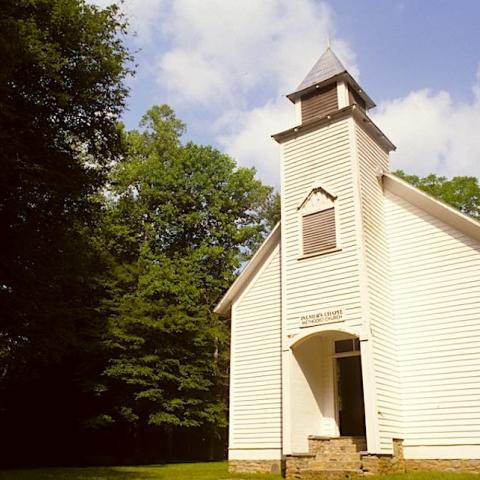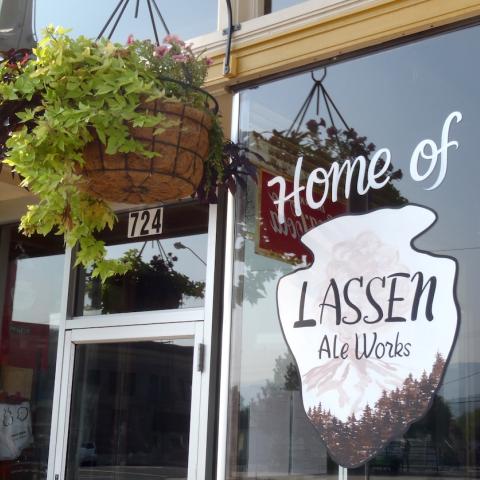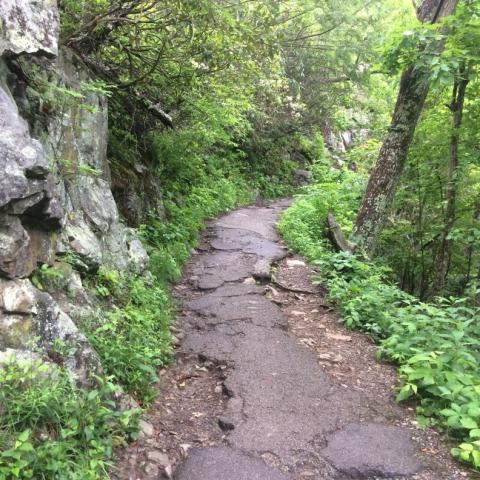
Five men were arrested in connection with this graffiti at Great Smoky Mountains National Park/NPS
Graffiti in national parks is not necessarily a recent problem, and while it did receive national attention a year ago with the "art" left on park landscapes by a woman known as "creepytings," it continues to be a problem. At Great Smoky Mountains National Park, for instance, graffiti most recently has marred the Lakeview Drive tunnel.
Graffiti has shown up in some most unusual places, such as on the back of a chimney of a Revolutionary War cabin replica at Jockey Hollow at Morristown National Historical Park in New Jersey, as well as on the logs inside of one.
At the Smokies, officials this week sent out a press release to remind visitors that "graffiti not only detracts from the natural beauty of the park, but can also permanently damage irreplaceable resources. Park resources include one of the best collections of log buildings in the eastern United States, backcountry hiking shelters, live trees, stone walls, bridges, and tunnels have all suffered from a range of small markings with ball point pens to elaborate markings with permanent marker to lewd and offensive spray paint messages that leave the park in worse condition."
To combat graffiti, rangers and volunteers try to educate visitors about the lasting implications of defacing the park’s natural and cultural resources through education programs, signs, and a graffiti-removal program. Unfortunately, graffiti can seldom be completely removed from log structures without destroying historic wood. “Bob Was Here” signs were installed at a variety of locations within the park to help deter the park’s 10 million visitors from leaving permanent marks on structures and along trails that damage park resources.
“The staff at Great Smoky Mountains National Park remains committed to preventing and removing where possible graffiti in the park,” said Superintendent Cassius Cash. “The National Park Service, our neighbors and visitors, have an equal responsibility to ensure that this park is preserved unimpaired for the next generation.”
Those caught tagging the park can face serious consequences including arrest. Those arrested could face fines of up to $5,000 and six months in jail. Last month, five men were arrested at the tunnel at the end of Lakeview Drive near Bryson City, North Carolina, for defacing park property.
“We appreciate the hard work of the park rangers for cracking down on people who mark or deface the peoples’ park,” said Swain County Commissioner David Monteith. “People who visit our national park should not have to put up with that.”
As for the "creepytings" case, in which a then-21-year-old woman allegedly left painted images on rock outcrops in at least eight Western national parks, it remains pending, according to National Park Service officials.

Graffiti also has turned up on some of the replica cabins at Jockey Hollow at Morristown National Historical Park in New Jersey/Kurt Repanshek




 Support Essential Coverage of Essential Places
Support Essential Coverage of Essential Places







Comments
Perhaps this is where social media could do some good by shaming those who feel the need to deface property.
I wonder if people who would do this would be shamed by anything. Social media attention might only fuel their depravity.